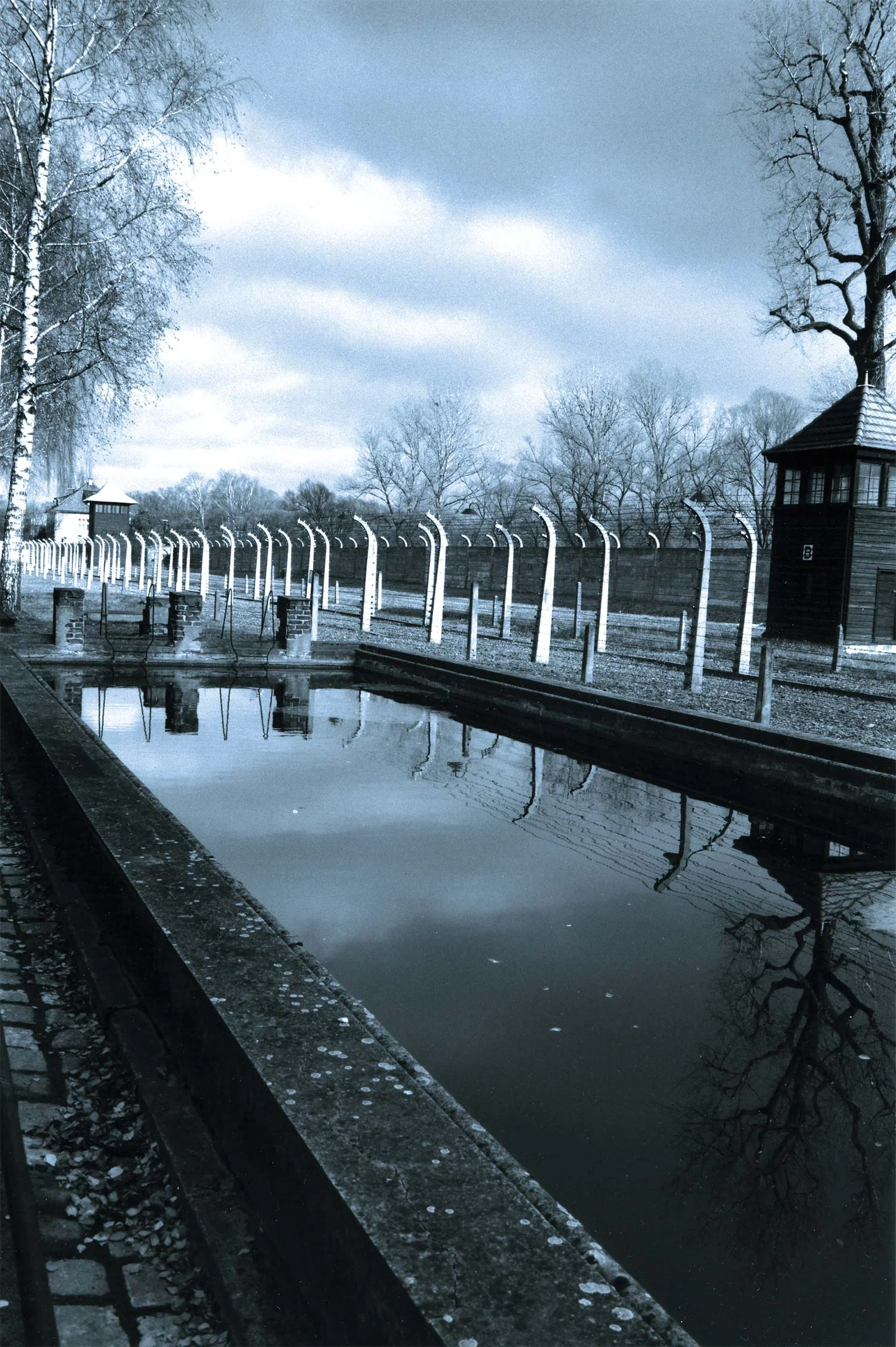.01
ABOUT THE FILM
“The interwoven stories of six women provide a glimpse into life, spirit and survival at the notorious concentration camp, Auschwitz.”
One of the glaring omissions in the ongoing study of the events of the Holocaust is the experiences of women in the concentration camps. While subject to the same physical conditions as the men, and many of the same physical hardships, the ways in which women convey their memories is a stark contrast to most male testimonies. A strong focus on family and friendship, on faith and spirituality of all kinds become focal points. It is this experience that Swimming in Auschwitz captures.
At the outset of the film, we meet six women from throughout Europe (Poland, Czechoslovakia, Hungary and Holland) in the years proceeding World War II. As the viewer is granted a glimpse of their "normal" lives, the impact of the expanding Third Reich soon becomes apparent. Schools are closed, laws are changed to exclude Jews and conscription into forced labor camps begins. As all this happened, these women, teenagers at the time, tried to continue with life as they were accustomed. This soon proved impossible for most, as the war started in September of 1939.
Jewish life soon became a never ending saga of persecution, ghettoization and an almost futile attempt to maintain normalcy. Through the lives of the six women, we see the impact of the German war effort throughout Europe. Eventually, starting in 1942, these women were herded on to cattle cars and transported through the gates of Auschwitz-Birkenau.
Survival in Auschwitz came in stages. The first obstacle was the initial shock. Separated from family after three or more days on a train with no food or water, stripped of clothes, shaved of hair with numbers tattooed on their arms, the first night was often spent outdoors in a forest with the smell of the crematoria in the air. Only one in ten made it to this point. Eventually, the women had to adapt to the food, the living conditions and the labor. If one survived to this point, it was then possible to attempt to shape your survival chances by taking risks and using your wits.
While it is easy to view these events in a simple chronological order, what is more interesting is how these women survived emotionally. The ways in which they sought out "camp families", how they tried to uplift and be uplifted and how they always yearned for a chance to tell the world what was being done to them. Their time in Auschwitz was unique to them, but, together, they tell a universal experience of the camp from a perspective that only a survivor has.
It is often common to think that the survivors' struggles ended the moment they left Auschwitz. This misconception is far from the truth. Many were sent to labor camps throughout Poland and Germany and thousands more were subjected to the notorious death marches. True freedom did not come until May 8th and then only at a steep price. It was not until liberation that the true toll of the Holocaust could be calculated and even then, the fates of most family members remained a haunting mystery.
There is no way to view the Holocaust as anything other than an "absolute evil". Nuance and texture must be stripped from all conversation about the physical acts undertaken by the Third Reich and its "final solution". Their goal was to fully dehumanize and exploit before killing. The women in this film are a living embodiment of the failure of those policies. Try as they might, the Nazis could not kill the spirit that lived within these and thousands of other survivors. This spirit is defiantly shown in the stories of the women from Swimming in Auschwitz.

